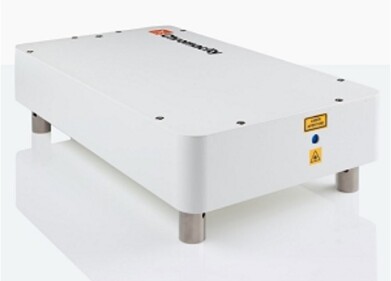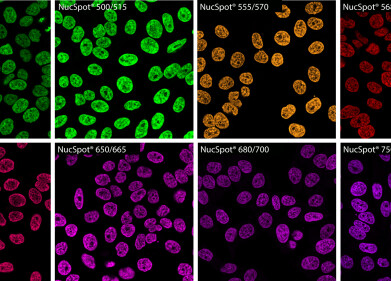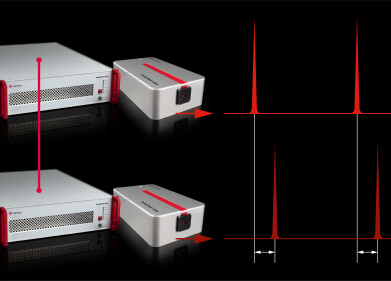Microscopy & Microtechniques
Scientists Find Microscopic Plastic Particles in Tea
Nov 03 2019
For many people, drinking tea is a daily ritual. Though according to new research from the American Chemical Society, manufacturers making the switch from paper to plastic teabags are subjecting tea drinkers to an unintended dose of micro plastics. While the health effects are unknown, experts warn that ingesting plastic particles could have a harmful impact on the digestive system, as well as the natural environment, water sources and the global food chain.
"The increasing presence of micro- and nano-sized plastics in the environment and food chain is of growing concern," reads the abstract.
Electron microscopy reveals billions of micro and nano plastic particles
Nathalie Tufenkji, a researcher at the Department of Chemical Engineering at McGill University in Montreal, warns that during the brewing process, plastic breaks down into tiny micro and nano particles that are released into tea. To prove the hypothesis, Tufenkji and her colleagues brewed four brands of commercial tea packed in plastic teabags. Tea leaves were removed, with the plastic bags then rinsed and immersed in hot water to simulate the brewing process. Using electron microscopy, the researchers noted that when brewed at temperatures of 95 °C, a single plastic teabag released more than 11 billion microplastic particles and three billion nanoplastic particles into the water.
The team used advanced Fourier-transform infrared spectroscopy (FTIR) and X-ray photoelectron spectroscopy (XPS) to match the particles found in the water to plastics used to manufacture the teabags, including nylon and polyethylene terephthalate.
Plastic teabags targeted for adverse impact on human health and the environment
To investigate the health impacts of ingesting micro and nano plastics, the team exposed water fleas to the contaminated H2O. While the insects survived, the researchers did note anatomical and behavioural complications.
Over the past few years, micro and nano plastics have emerged as a major concern for environmentalists. Pollution is caused largely by single-use plastics like shopping bags, toothbrushes, disposable containers and other items that take hundreds of years to break down and release micro and nano plastics during the process. Every year, the United Nations Environment Programme (UNEP) warns an estimated eight million tonnes of plastic is released into the ocean and poses a serious threat to marine species and overall oceanic health. While micro and nano plastics can't necessarily be seen, the dangers are very real.
Want to know more about the state-of-the-art equipment used in laboratories around the world? Spotlighting internationally renowned optical expert Zeiss, 'Surveying Sites for Electron Microscopes' explores how sophisticated surveying equipment is used to inspect sites prior to system installation.
Digital Edition
Lab Asia 31.6 Dec 2024
December 2024
Chromatography Articles - Sustainable chromatography: Embracing software for greener methods Mass Spectrometry & Spectroscopy Articles - Solving industry challenges for phosphorus containi...
View all digital editions
Events
Jan 22 2025 Tokyo, Japan
Jan 22 2025 Birmingham, UK
Jan 25 2025 San Diego, CA, USA
Jan 27 2025 Dubai, UAE
Jan 29 2025 Tokyo, Japan



















